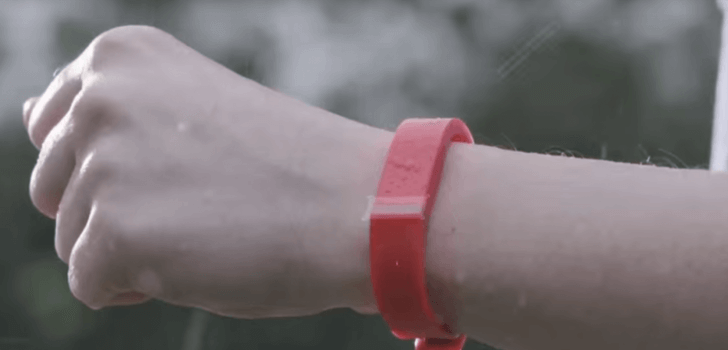New types of wearable health-tracking devices could revolutionize the way that diseases like epilepsy and diabetes are treated. Experts believe that this budding industry could eventually be worth tens of billions of dollars. However, aspiring entrepreneurs creating these gadgets still must overcome the regulatory hurdle of the United States Food and Drug Administration in order to receive medical-grade status.
Receiving the seal of approval from the FDA shows that the gadgets can improve the health of the people who wear them. It also enables people to apply for their health insurance providers to cover the cost of the devices. Hence, getting approval from the FDA is critical to achieving success in the industry.
Investor Julie Papanek said, “Consumers, doctors, payers all want to know if a product provides a clinical benefit. Working with the FDA is the one way to get the ability to market that benefit.”
Many of the hopeful vendors of wearable medical devices are merely small startup companies at this point. One such company called Empatica is developing a wristband that would alert epilepsy patients and their caregivers before a seizure is likely to occur. Additionally, Empatic also believes that its wristband would be able to be used by patients suffering from depression. Like many companies, Empatica is working with the FDA to ensure that its device receives medical-grade status.
Some estimates show that the wearable healthcare industry will balloon from $2 billion in 2014 to more than $41 billion by 2020. Wearable medical devices will be used to track a multitude of disorders, including diabetes, sleep disorders, obesity and cardiovascular disease.
But it isn’t enough to just reliably collect data and information. In order to receive the approval of the FDA, the devices must also be able to prove in extensive studies that they possess strong analytical capabilities that can be used to improve the health of patients. Of course, this is much easier said than done. While device manufacturers have had an easy time figuring out how to collect data, it is the analytics requirement that has been more of a challenge.
Certainly, there will be some winners and losers when it comes to getting the proper nod from the FDA. Nevertheless, the industry looks to be extremely promising. Expect to see some very good things coming out of the wearable medical devices industry in the coming years.
Stay Connected